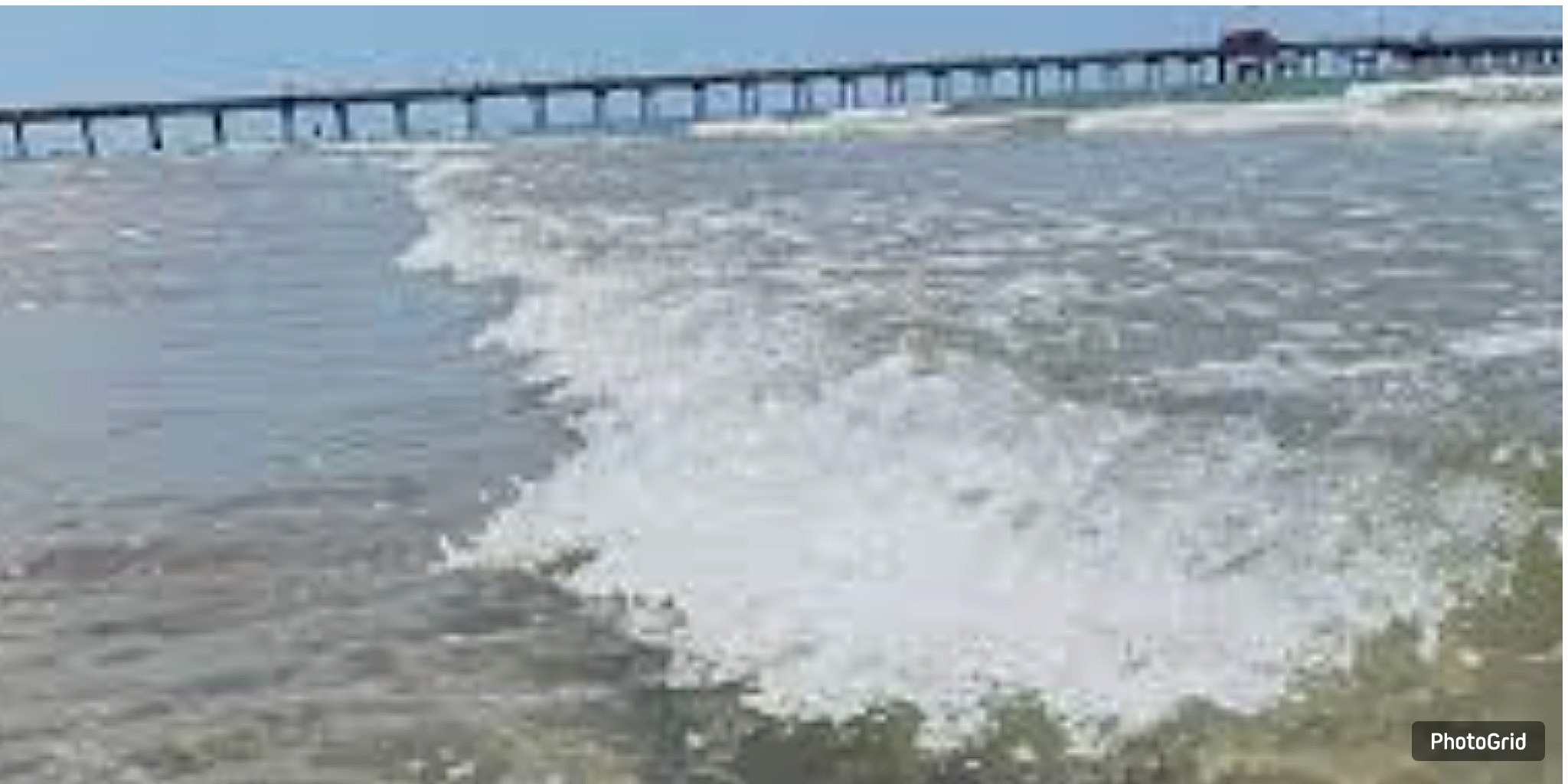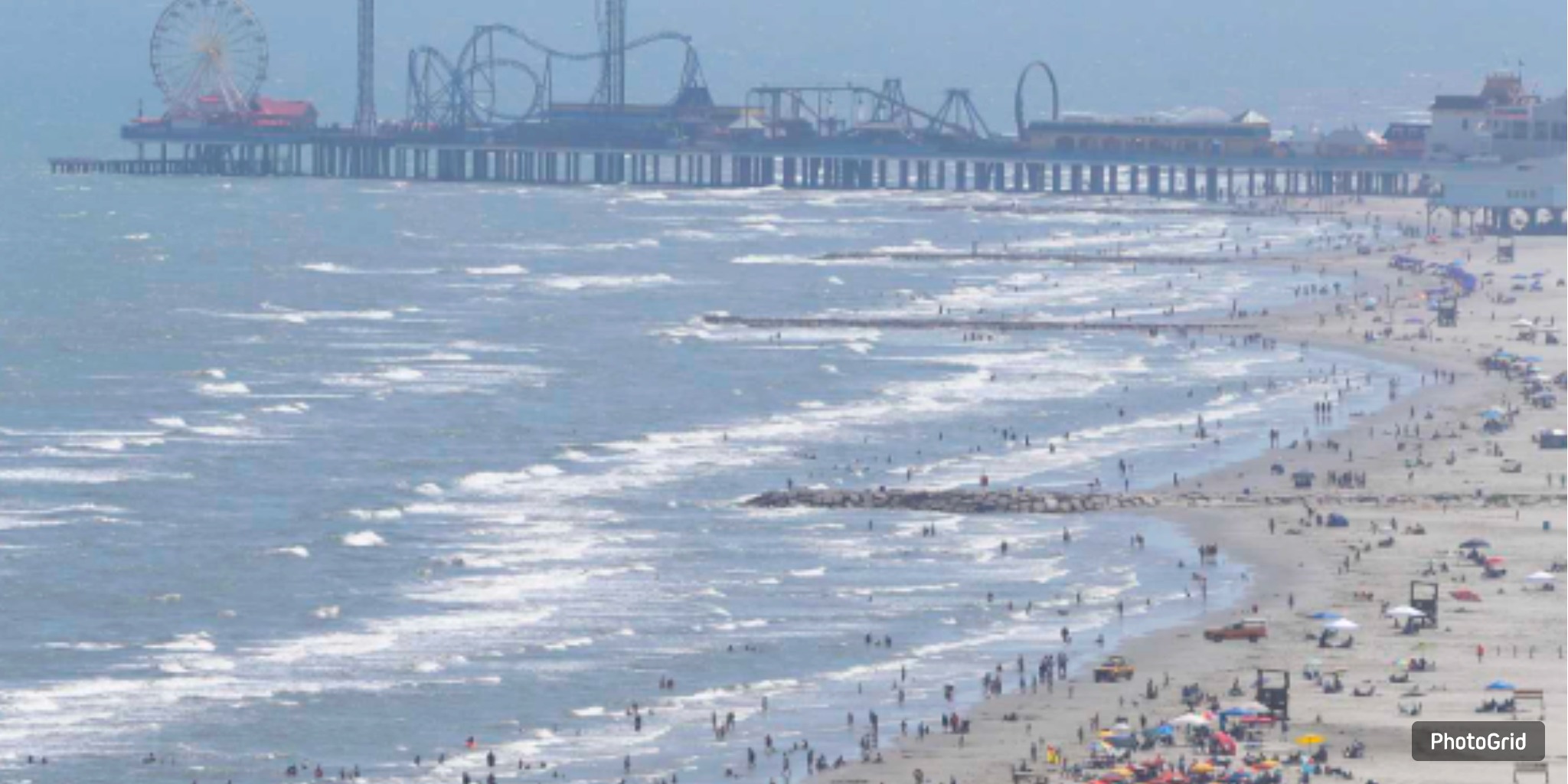A “king tide” linked to this week’s supermoon flooded parts of Galveston’s bay side, offering residents a preview of the city’s growing flood risks as sea levels rise.

This past weekend, a supermoon cast its glow over Galveston, but it was not just a visual spectacle. The celestial event caused seawater to surge into low-lying neighborhoods, inundating streets without a single raindrop falling. This occurrence highlighted the island's precarious position in the face of rising sea levels.
On Sunday morning, residents near Heards Lane, next to Offatts Bayou by 61st Street, found their streets submerged in water. “Not a drop of rain fell,” a resident shared in the Galveston Talk Facebook group, highlighting that intersections remained underwater for three days. Upon Chron's visit early Tuesday, the region had at last returned to a state of dryness.
A “king tide” emerged as the primary factor, characterized by an exceptionally high tide resulting from the alignment of the sun, moon, and Earth, which intensifies the gravitational influence on the ocean. Extreme tides, referred to as perigean spring tides, occur three or four times annually when a full moon aligns with its nearest approach to Earth, known as perigee.
King tides, though a natural phenomenon, serve to underscore the growing impacts of climate change and the rise in sea levels. Galveston’s bayside, characterized by its intricate network of bayous, coves, and inlets like Sweetwater Lake, rests only a few feet above sea level. This geographical positioning renders it especially vulnerable to flooding caused by high tides and wind-driven surges. Residents have begun to wonder if the strong easterly winds experienced this week contributed to pushing additional Gulf water through the jetties and into the bay, exacerbating the flooding situation.
“Many believe that flooding occurs solely during rain events,” remarked a longtime resident. “However, in this area, the water rises from beneath the surface.”
In a striking revelation from the National Oceanic and Atmospheric Administration (NOAA) in 2024, it was reported that Galveston faced an unprecedented 23 days of high-tide flooding in the preceding year, marking it as the city with the highest incidence of such events in the entire United States. Experts predict a substantial rise in this figure due to the ongoing global sea level rise.
NOAA’s projections indicate that sea levels along the Texas coast may increase by 3.5 to 11 feet over the next century, posing a significant threat to roads, homes, and the island’s tourism-dependent economy. Galveston faces a concerning erosion rate of approximately seven feet annually, indicating that occurrences such as this week’s king tide are expected to increase in frequency.
The weekend's supermoon, known as the Harvest Moon, not only heralded the arrival of fall's cooler temperatures but also offered a striking glimpse into the powerful elements that will influence the future of the coast. For the people of Galveston, the days ahead may involve adapting to a reality where water becomes an ever-present part of their lives.

A private utility company plans to construct a first-of-its-kind desalination plant in Texas City, aiming to supply fresh water to the Houston region as the state prepares for future water shortages.

Authorities confirmed that a 21-year-old man who went missing while swimming with his family on Sunday off Galveston’s Seawall Boulevard was found dead Monday morning.

Galveston officials have launched a large-scale coastal restoration project on the island’s west end to combat erosion, closing Hershey Beach access through the end of the year as crews work to replenish nearly two miles of shoreline.